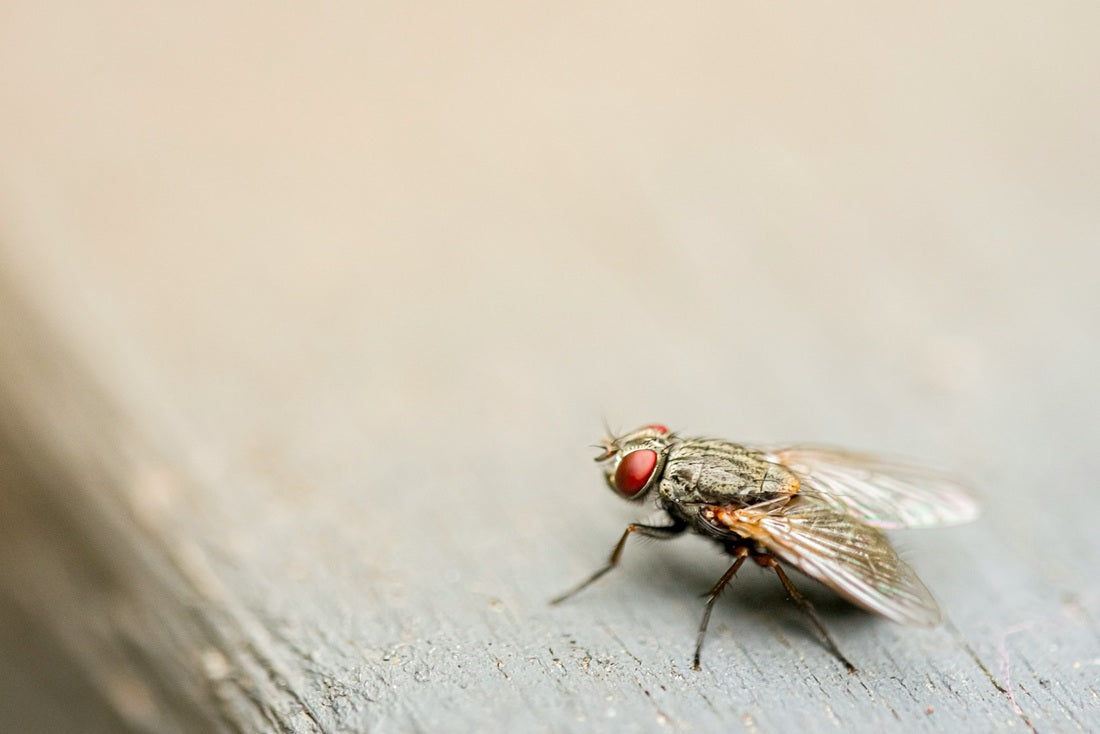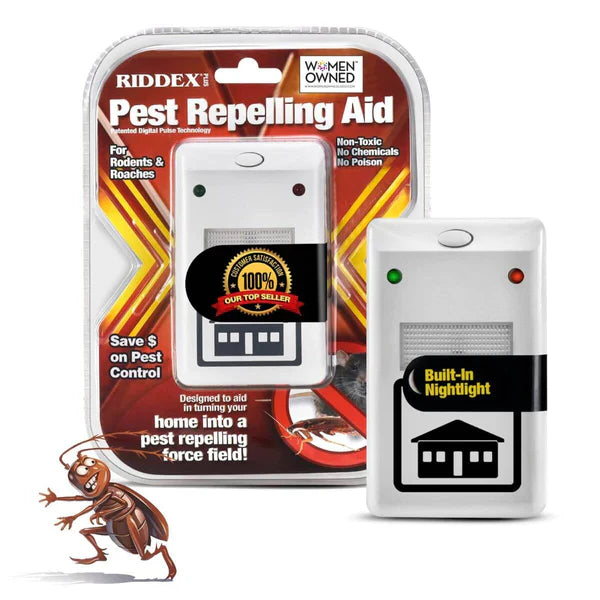
Nothing disturbs the tranquility of your home quite like a mouse infestation. They shamelessly weasel their way into your walls, drawers, and cupboards, leaving behind a path of destruction.
But don’t worry. Before it gets to that point, there are steps you can take to effectively stop the problem. Knowing how to prevent mice from entering your home is crucial to keeping your sacred space safe, healthy, and clean. In this article, we’ll identify the top 5 preventative steps you can take to make your home less attractive to mice.
The Importance of Mice Prevention
You probably don’t need to be convinced that mice-proofing your home is a good idea. However, if you haven’t had an this problem before (or you just need to be reminded), here are the biggest issues associated with a mouse infestation:
- Mice multiply quickly: Once one mouse enters your home, you can bet that more will follow. This is due to the fact that mice reproduce at an insanely fast rate.
- Health hazards: Mice are known to carry harmful zoonotic diseases, including hantavirus, leptospirosis, and typhus, just to name a few. Although they seldom bite, these diseases can be spread through food contaminated with mouse feces or urine.
- Pungent smell: A mouse infestation will often leave behind an unpleasant odor that doesn’t seem to go away.
- Damage to your home: Mice love to chew. They’ll chew through just about anything—even electrical wiring, which can lead to fire hazards.
5 Tips to Prevent House Mice Infestations
1. Remove Food Sources
Mice are always scouting for a free meal. In fact, it’s often the reason they come into your home in the first place. With their strong sense of smell, they can easily be lured in by the scent of a fresh snack. Food scraps, crumbs, and even trash may prove to be irresistible.
So, one effective way of making sure they don’t enter your home is by eliminating all food sources. You can do this by being diligent with cleaning, especially in the kitchen. Take care of crumbs and spills as soon as they happen by sweeping or mopping. Opt for a garbage can with a lid, and take it out as soon as it reaches the top.
The first place a mouse will go looking is in your cabinets or pantry. They are particularly drawn to grains, fruits, and seeds. With their surprisingly powerful bite, they can gnaw through the cardboard or plastic packaging of your favorite foods. For optimal prevention, it’s best to store your food in sturdy, airtight containers.
2. Seal Foundational Cracks
Perhaps one of the best ways to prevent mice from entering your home is to seal up their points of entry.
Take the time to assess the inside of your home: checking around kitchen cabinets, the corners of closets, fireplaces, behind appliances, and near dryer vents. If you can, you should also assess your roof, your windows and doors, near your home’s foundation, and around electrical or plumbing holes. Even the smallest gaps are worth making note of, because mice can fit through openings as little as a quarter.
Once you’ve identified the gaps around your home, decide what material you’ll need to fill it. One of the most popular ways is to fill small openings with steel wool and then seal it with caulk.
Other materials to consider using are:
- Lath metal: Ideal for reinforcing and covering gaps in walls and ceilings.
- Cement: Perfect for filling gaps in concrete structures.
- Hardware cloth: Used for sealing gaps in fencing and vents.
- Metal sheeting: Can cover larger holes in roofs, walls, and floors.
3. Tidy Up
Just like food, mice will seek out nesting materials around your home. They explore the environment, using their strong sense of smell to identify paper, fabric, or insulation. They’ll then gather their loot and transport it back to their nest site, repeating the process until they’ve successfully made a warm and cozy nest.
So, what can you do to stop this? Regularly clean and declutter spaces to remove potential nesting materials. You should also dispose of trash promptly, because overflowing trash cans are a treasure trove of valuable nesting materials.
Be sure to pay special attention to areas where clutter can accumulate, such as basements, garages, and attics. Keeping your home as tidy as possible can help in keeping these furry creatures at bay.
4. Use Electromagnetic and Ultrasonic Devices
While all of the steps above are helpful, they are by no means fool-proof. Sometimes, despite your best efforts, mice still may be able to find their way inside your home. However, by taking advantage of electromagnetic frequencies, you can add the final layer of protection that will prevent this from happening for good.
Electromagnetic devices work by utilizing your home’s natural wiring to send shockwaves of high frequency pulses throughout your home. These high-pitched noises, undetectable to humans and pets, will drive mice and other pests crazy. It irritates the nervous system of the animal, without leaving behind any lasting harmful effects. The best part is that one device is all you’ll need to keep an entire floor protected from mice.
Similarly, ultrasonic devices emit high-pitched waves that are inaudible to humans but can deter mice. These are great if you know exactly where mice are entering. You can plug the device into the room, where it will emit targeted frequencies to keep the mice population at bay.
Conclusion
Sharing a home with a mouse (or several) is no fun. Luckily, there are simple steps anyone can take to lower the chances of having these unexpected and destructive guests. They include keeping your home as clean as possible, sealing up any points of entry, and removing food sources.
If you’d like to go a step further and guarantee a mouse-free home, consider ultrasonic and electromagnetic devices. Riddex has a wide variety of products—like the electromagnetic Riddex X and ultrasonic Sonic Plus—that will serve as the final barrier to keep mice out for good.






